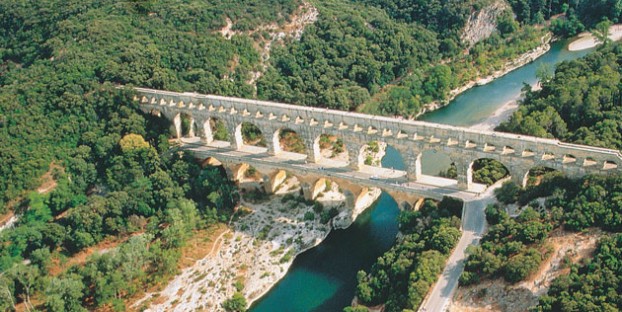
27 February 2015 by Jessica Boston
Discover the Romans in Provence
Provence has an impressive Roman history and there are many Roman sites to visit here. The region became the first Roman province outside Italy when it was conquered in 200BC and remained under Roman rule until 500AD. During this time the Romans built many impressive towns, bridges, aqueducts and amphitheatres, some of which still stand today. Provence is a great place to visit for serious historians, but is also perfect for families looking to marvel at the scale of Roman buildings and climb on the ancient ruins.
Excavations and efforts to preserve Roman archaeological finds are ongoing. The ruins and artefacts on show give a fascinating insight into day-to-day Roman life, while the majestic state buildings give a real sense of the proud, powerful Roman society.
If you’re taking a tour of Roman sites in Provence here are the places you won’t want to miss:
Arles
Roman emperor Julius Caesar founded Arles in 46BC. The city became a ‘little Rome’ with all the trappings of Roman society including an amphitheatre, temples, baths and grand houses. Over time most of these buildings have been dismantled for the stone, but the huge amphitheatre ‘Les Arenes’ has survived. This magnificent building seated over 20,000 people who would come to see Roman gladiators fighting it out in the ring. The structure measures 136m by 107m and has sixty arches around each level. It would originally have had a further storey and been clad in marble, an impressive and opulent example of Roman wealth and architectural skill.
Today the arena hosts ‘bull friendly’ bull fights from Easter to September, giving you an opportunity to experience the same excitement and atmosphere as spectators in Roman times.
Visit the Musee Departemental Arles Antique to see some of the best Roman finds from the area including sculptures, mosaics and other artefacts. There are also detailed models recreating the Arles of the Roman era. The museum showcases the famous marble bust of Julius Caesar discovered in the Rhone River that runs through Arles in 2007. The bust is thought to be the only surviving statue of the Roman emperor created within his lifetime dating back to 46BC, however this fact is still the subject of much controversy amongst historians.
Glanum
It’s clear Glanum was an important Roman site. The well-preserved cenotaph of the Julii, a monument celebrating Caesar’s victory over the Gauls, and the huge Triumphal Arch are hallmarks that a high-ranking Roman family or even an emperor once lived here.
Much of the Glanum Roman settlement was completely lost until 1921 when excavation work began to uncover the secrets of the ancient site. The imposing Triumphal Arch serves as entrance to the old town of Glanum and across from the arch is a huge vista of ruins; walls, pillars and broken towers that give an indication of how the town once was. The visitors’ centre recreates the phases of occupation in model form and has a display of the finds from the ongoing archaeological work taking place here.
The site is open to the public and you are free to explore the ruins with the help of a guide map to identify the different buildings. It’s exciting to discover the residential areas of homes, baths and streets, the formal buildings, theatre, fountains, shrines and temples. It’s an historical playground where children can climb on the ancient stones while you play detective and piece together images of the past.
Nimes
Nimes was conquered by the Romans in 121BC and used as a trade route between Italy and Spain. Here you can find one of the most well preserved Roman buildings in the world, the Maison Carree, a Roman temple that escaped destruction after being repurposed as a Christian church in the 4th century. The imposing building stands alone in the square in Nimes. The surrounding buildings that grew up around it until the 18th Century have been removed to leave it dominating the square, as it would have done in Roman times.
The Arenes of Nimes is another Roman site well worth a visit. The amphitheatre mirrors the design of the Colosseum in Rome. The complex building showcases the latest advances in Roman engineering; the holes you can see above the stone arches would have held poles that formed the basis of an enormous awning that could protect 24,000 spectators from sun or rain. Originally gladiators would have fought or hunted animals in the ring, and today this amazing venue is still used for bull fighting shows and concerts, the top seating area offers the best seats in the house.
For a panoramic view over Nimes visit the Tour Magne, part of a Roman wall around Nimes it served as a lookout point and still stands tall over the town.
A trip to see the Roman sites of Nimes is not complete without a visit to the Pont du Gard, the tallest Roman aqueduct in the world! The three-storey structure reaches a height of 49 meters and is made from huge blocks of limestone. Designed to provide drinking water to serve the fountains, baths and homes of the city of Nimes this aqueduct is recognized as one of the greatest feats of Roman engineering. Take a walk across the structure to enjoy the views and follow the signed trail to discover further ruins along the route of this Roman water way. Pont du Gard has World Heritage status and the museum at the site gives a full account of its construction and fascinating history.
Vaison la Romaine
Vaison la Romaine, as the name would suggest, has a proud Roman heritage. There are two main areas to explore: Puymin and la Villasse. These Roman sites are not about grand state buildings, temples or monuments, they are more an insight into the homes and day-to-day lives of the Roman communities here. At Puymin you can see the remains of the public baths and the homes of wealthy Romans. Excavation at La Villasse has revealed a Roman street leading to another bathhouse and an impressive villa, Maison au Bust d’Argent that has mosaic floors and its own private baths.
The Roman homes that have been found here err on the side of wealth and luxury, that’s not because only wealthy people lived here, but rather because the high quality of the building work on their houses has better stood the test of time. These prestigious homes would have been lavishly furnished and decorated with central heating systems, water systems and glass paned windows.
Vaison la Romaine also has a restored Roman theatre where concerts are held, a museum showcasing the Roman remains found here, and a small 1st century Roman bridge. Get a map from the Tourist Office and plan your Roman adventure across the town.
Orange
Orange was a Roman colony established for soldiers who were given land here as a place to live and farm on their retirement. The area was consequently very wealthy and the local community enjoyed an active social scene centering on the theatre that is still standing here today. The theatre is a World Heritage Site and one of the best-preserved Roman theatres. It’s still in use as a spectacular venue for operas and concerts. The design includes a stage wall and curved seating area creating a apace with amazing acoustics that allow every one of an audience of 10,000 to hear the performance clearly. As night falls the singers’ shadows project onto the stage wall for an atmospheric show that is as dramatic today as it was in Roman times.
The Musee Municipal near the theatre houses Roman art including a wonderful frieze that was originally part of the theatre. The restored Triumphal Arch of Orange is also an impressive sight. It was moved from its original Roman site between Arles and Lyon in the Middle Ages and used to form part of the town’s defensive walls. It is richly decorated with reliefs depicting the Pax Romana establishment.

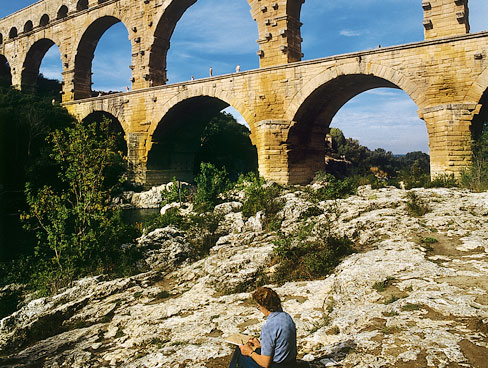
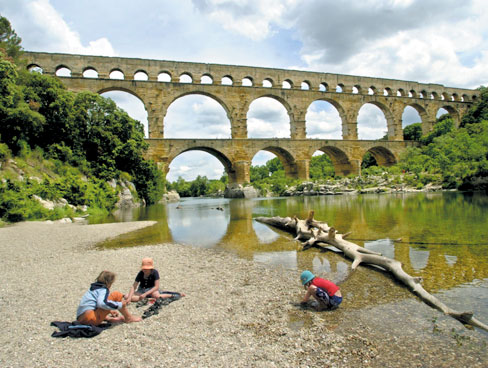
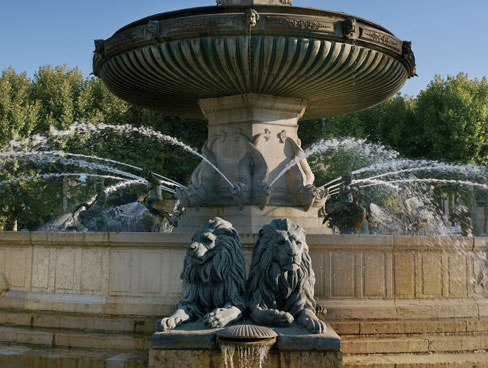
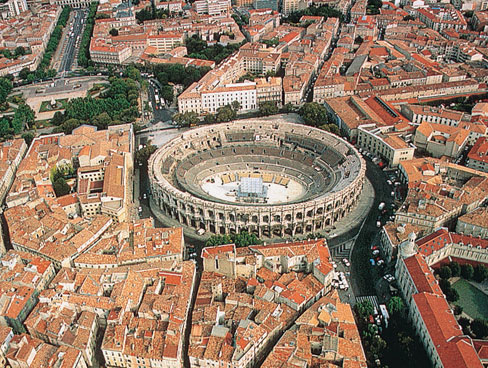
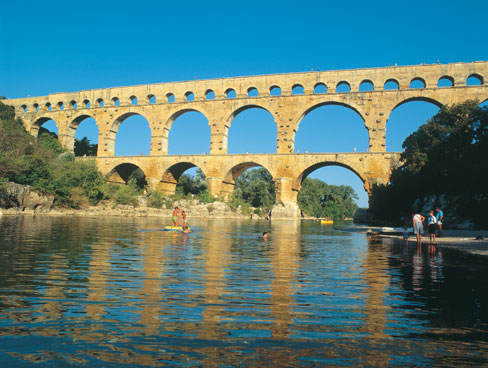





Leave a comment